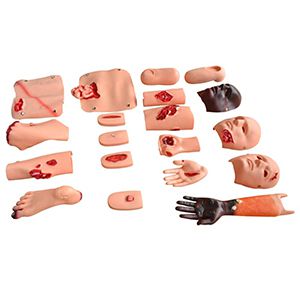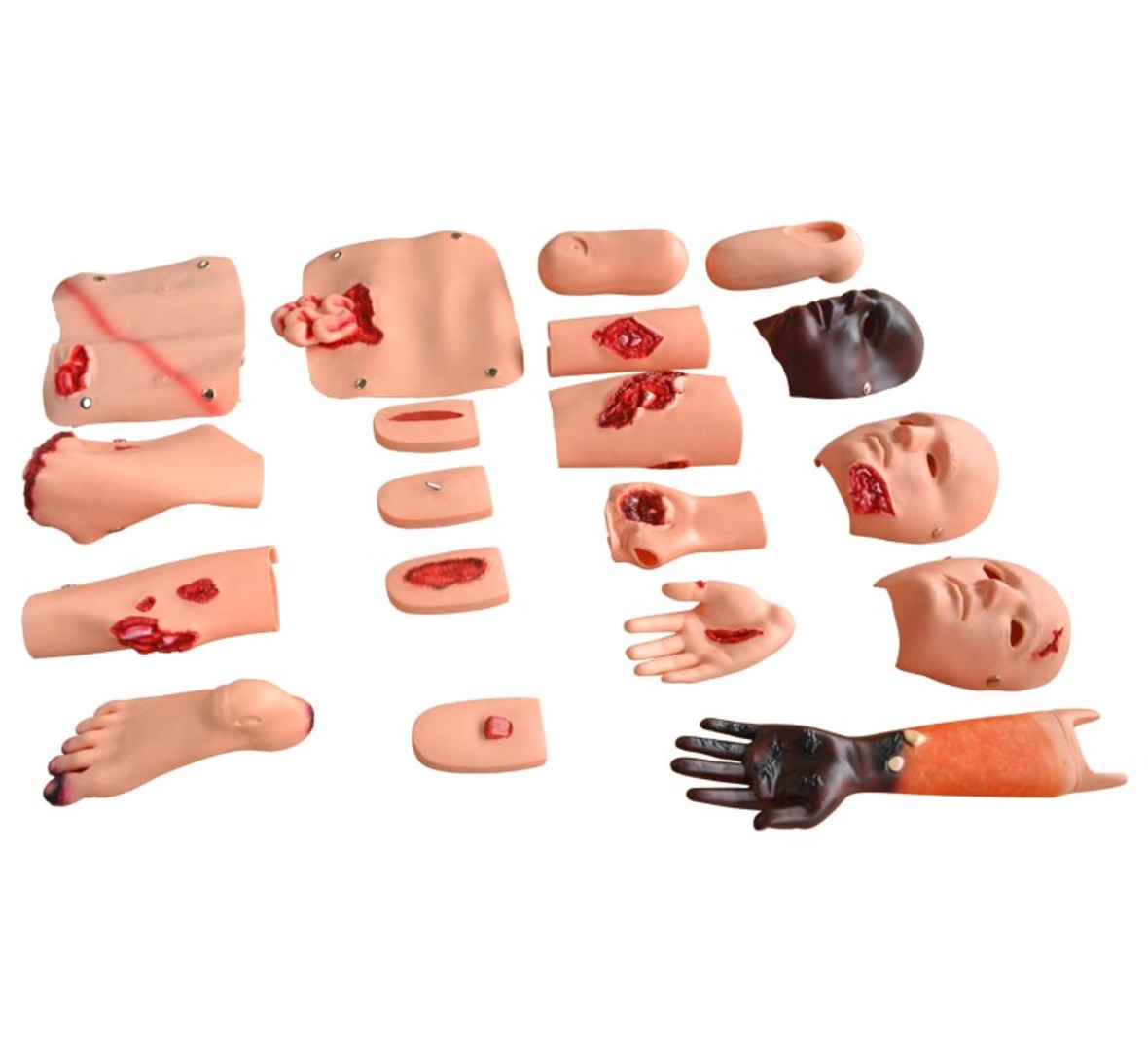
How does the Trauma assessment module simulate real trauma scenarios?
Article tag: Trauma assessment module CPR model

Through a series of elaborate design and technical means, the trauma assessment module highly simulates real trauma scenarios, providing a valuable practical platform for medical education and training. Here's how the Trauma assessment module simulates real trauma scenarios:
...
Through a series of elaborate design and technical means, the trauma assessment module highly simulates real trauma scenarios, providing a valuable practical platform for medical education and training. Here's how the Trauma assessment module simulates real trauma scenarios:

First, highly simulated materials and processes
Trauma assessment modules are usually made of imported silicone rubber, plastic or other polymer materials, which have good flexibility and durability, and can simulate the texture and appearance of human skin, muscle, bone and other tissues. Through the precision injection molding process and mold design, the module can present realistic trauma characteristics, such as lacerated wounds, burn marks, broken ends, etc., so that students can feel the touch and feedback similar to the real human body during the operation.
Second, the simulation of diverse trauma types
The Trauma assessment module covers a wide range of trauma types, including burns, lacerations, contusions, open fractures, bullet wounds, metal foreign body wounds and limb fractures. These modules are designed to take into account common trauma situations in the clinic, so that trainees can be exposed to various types of trauma during training, thereby comprehensively improving their emergency response capabilities and operational skills.
3. Real operating experience
The trauma assessment module not only has a realistic look and feel, but also simulates a real operating experience. For example, in the simulation of hemorrhagic trauma, the module can be set up to simulate vascular bleeding points, by adjusting the size of the water flow to simulate different degrees of bleeding. Students need to perform operations such as hemostasis and bandaging in a simulated real environment to exercise their resilience and technical level.
Fourth, teaching interaction and scene simulation
Trauma assessment modules are also often combined with instructional interactions and scenario simulations. In medical education and training, teachers can use these modules to design various trauma treatment scenarios, such as car accident scenes, fire rescue, etc. Participants are required to role-play and collaborate in simulated real scenarios to practice their emergency response skills, communication skills and teamwork skills. This teaching model not only increases students' interest and participation in learning, but also enables them to accumulate experience and improve their skills in practice.
To sum up, the trauma assessment module highly simulates real trauma scenes through highly simulated materials and processes, diversified trauma types simulation, real operating experience, intelligent feedback system, teaching interaction and scene simulation, etc., providing strong support for medical education and training.

Marketing Center
Hong Kong, ChinaProduction Base
Shanghai, ChinaProducts
Contact Us
 Address: Hong Kong, China
Address: Hong Kong, China
 Phone:+86 19937901373
Phone:+86 19937901373
 Email:sophia@adahealthy.com
Email:sophia@adahealthy.com
 Mobile:+86-0379-65160607
Mobile:+86-0379-65160607








